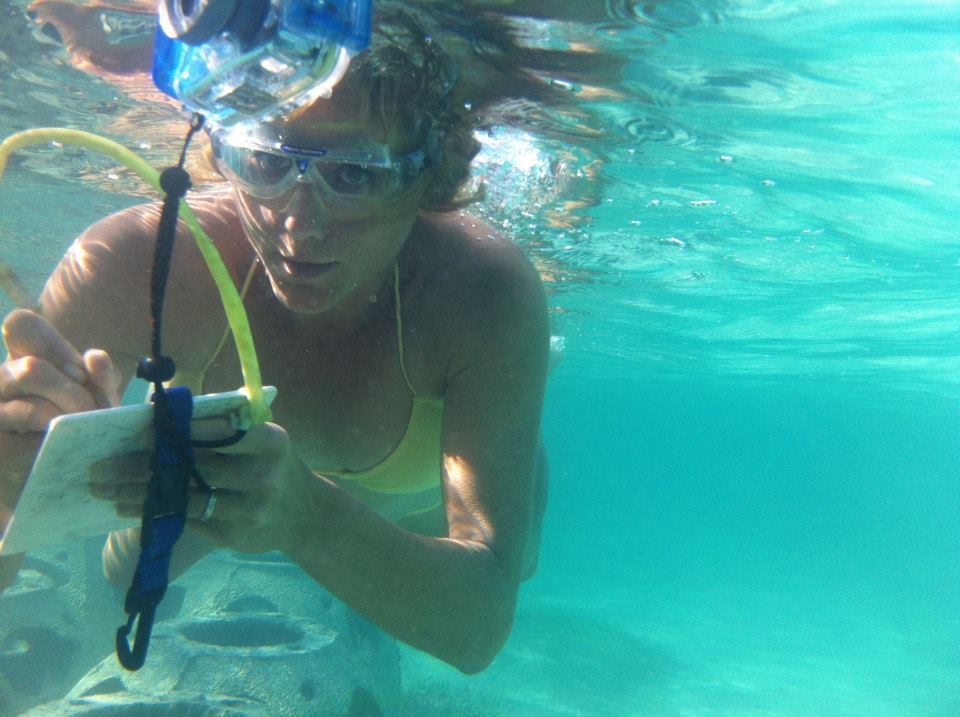When the substrate is bare and mainly sandy, it is very challenging for marine biologists to spur life from such an environment. One of the approaches available to bring nude environment back to life is by using the help of structures that will recreate a reef like environment. These structures are called Artificial reefs (AR). ARs come in many shapes and sizes, they range from naturally looking reefs (such as the 3D printed reefs) to underwater garden sculptures (such as in Grenada).
When the purpose of the artificial reef is to mimic the natural reef, in order to enhance the population of fish, invertebrates and corals, scientists have studied what makes an artificial reef work best.


Attributes of a successful artificial reef:
In a recent article, scientists Grannenan and Steele, 2015, identified the attributes that artificial reefs should have in order to function as well as, or even better than, natural reefs. These attributes can be summarized as follow:
1/ Substrate composition is the primary predictor of fish density, biomass and assemblage. This basically states that if you have sand or a hard bottom, or any variation of these, it will influence the type, size and abundance of fishes and corals you will have in a specific area.
2/ Structure complexity is also of prime importance. The most structurally complex AR supports up to five time more fish than nearby natural reefs! The authors of the study show that “these differences are probably attributable to greater availability and heterogeneity of refuge spaces for fish”.
3/ The higher vertical relief and average size structures is shown to support the highest number in invertebrates which in turn can support a higher density and biomass of fish. Indeed this study, and others, has shown that invertebrates can be up to 3 times higher on AR.
These are three simple but critical characteristics to focus on by those who wish to implement a successful reef project and transform a bare area into a thriving ecosystem. But this is only the first stage of a long process. Tropical corals grow approximately 1” every year – in a perfect environment – and many factors will impact the natural settlement of corals species onto the reef.
The good news is that coral reefs are very complex ecosystems, yes, but luckily managing them sustainably is not. The governing rules are straight forward:
1. Don’t catch fish faster than they reproduce,
2. Don’t damage the corals or pollute the water,
3. Reduce atmospheric CO2, and
4. Protect or create areas as marine reserves.
When the bottom is a hard structure, for example rock, it is possible to implant directly the corals to the bottom. This short videos, done by NOAA, shows you the results you can have after only a few years of coral nursery and out planting, just like you would do it with trees!
To learn about propagation – jump starting coral colonization onto a reef, I invite you to read this article.



